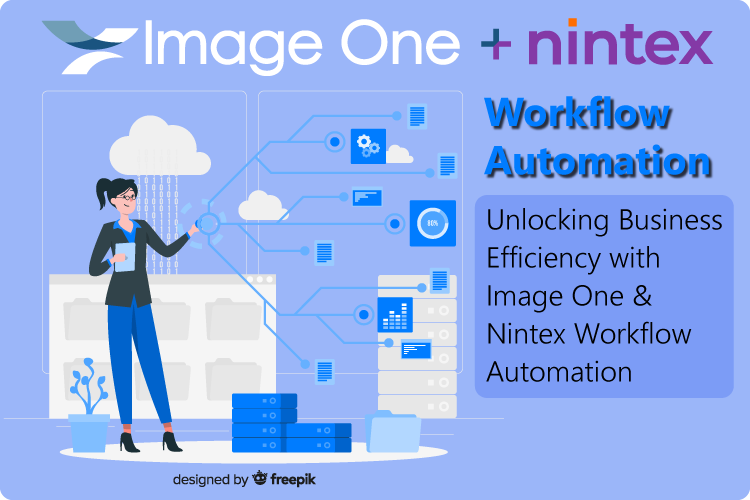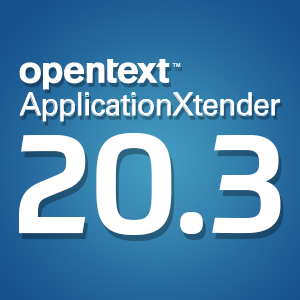Drafting a sustainable purchasing policy
Wednesday, May 28, 2014It may be hard to recognize sustainable purchasing policies at first. What products are sustainable – did production impact the environment, and how will they help your office run more efficiently – isn't always easy to recognize from reading a label or asking a sales associate. Purchasing in this manner may even have no definitive starting line, in which case some simple advice can assist you with creating a more sustainable work environment.
How to get started
According to business improvement program Green Plus, multiple benefits stem from the adoption of sustainable purchasing policies. These include promoting a green image, reducing transportation costs, eliminating generic and hazardous waste, bolstering the local economy and building relationships with other environmentally friendly businesses.
Greenyour.com suggests beginning with drafting an environmental purchasing policy. Before diving into your draft though, make sure you head to the top in order to get approval. While turning down a more efficiently run office may seem difficult to imagine, it's possible and it can't hurt to ask. There may be multiple departments this policy can be extended to with the help of your boss, and implementing your guidelines may be made simpler with the help of an authoritative voice.
And while you're including your boss, Greenyour.com suggests you make the drafting process one completed by committee. This will ensure everyone has a say and build relationships among coworkers.
The Environmental Protection Agency has shared guidelines to sustainable purchasing, which can be of assistance when drafting your own protocol. First, it is suggested that you take into consideration the environment, the price and the performance of the product. Finding a balance between the three is essential. Additionally always keep in mind pollution prevention. When considering each of these steps always take into account the third, which is to keep in mind the impact of the product during its entire life-cycle from manufacturing to the point of purchase and beyond. The fourth and fifth points in the EPA's final guidance on sustainable purchasing consist of comparing products' environmental impact during the life process and ensuring you understand all information on it before buying.
What should be included
Green Plus and Greenyour.com have several suggestions for what should be included in sustainable purchasing policies. Environmentally-focused aspects of a suggested guideline include shunning products that contain hazardous toxins, seeking out supplies with reusable parts, purchasing post-consumer recycled content and cutting back on greenhouse gas emissions. Other suggestions for sustainable purchasing include buying from local vendors, using minimal packaging and transporting products via ground. Sourcing your products from local vendors will strengthen your ties within the community while reducing travel time and costs. When the products are being transported avoid packaging them with materials such as Styrofoam or bubble wrap. Instead ask your vendor about environmentally friendly wrapping.
Though some green products may be more expensive than others – though this is generally a myth it is sometimes applicable – Greenyour.com suggests you cap the price of your products at 10 to 15 percent above your conventional purchasing budget.
Materials that negatively impact the environment should be removed from the office gradually as not only are they destructive to the world around us, but they can uselessly funnel money and time from the company. Paper is one such product and many businesses have begun switching over to paperless operations through the use of conversion services and document management software in order to assist with business process automation and reduce environmental impact. According to Greenyour.com, the amount of paper consumed each year is equivalent to the volume of wood required to build one million homes. Additionally, it exhausts enough energy to power all of Los Angeles annually.
Brought to you by Image One Corporation providing complete information governance since 1994.




